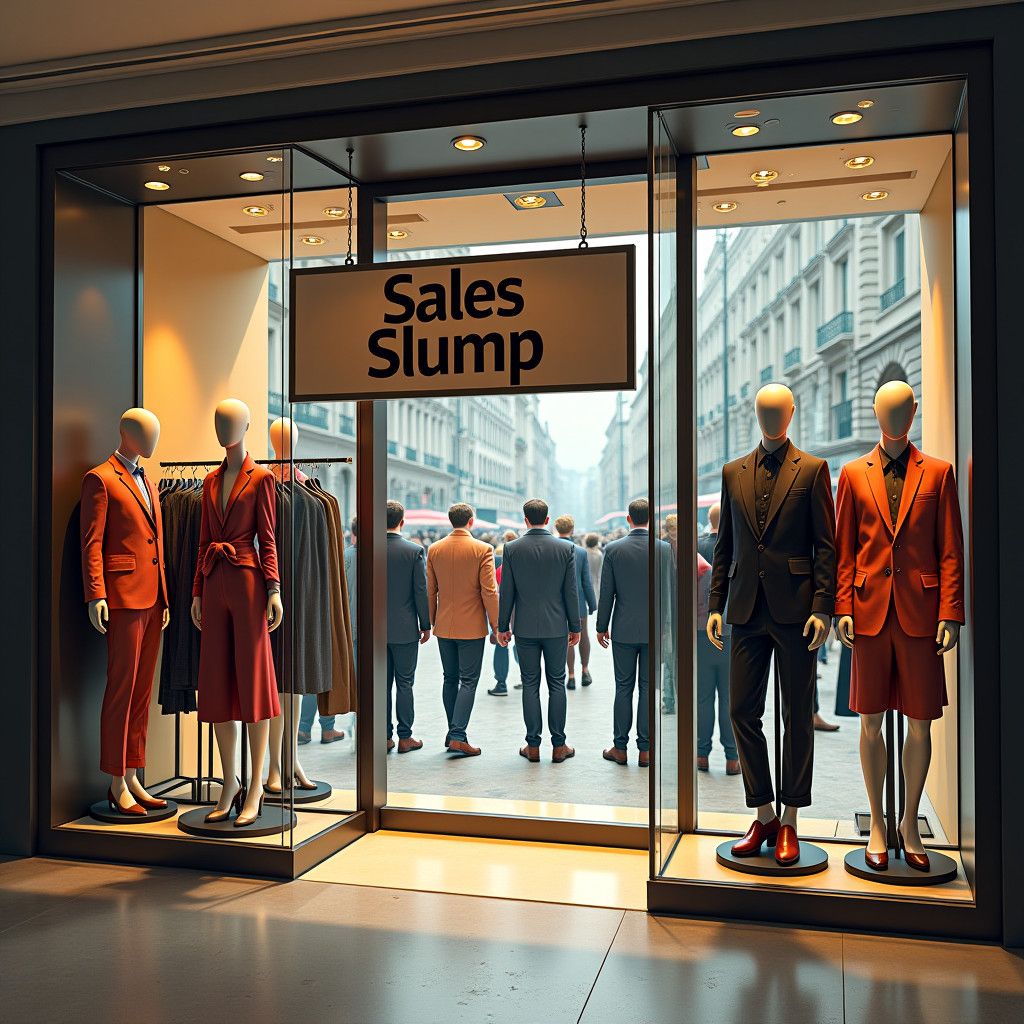The luxury fashion industry faces significant turbulence, a reality starkly illustrated by Isabel Marant’s recent sales report. The brand, known for its distinct Parisian chic, has seen its bonds hit a record low after reporting substantial declines in revenue. With a notable 31% drop in sales to wholesalers and online clients, the company experienced an overall sales slump of 17% for the year ending September 30, compared to the previous year. This downturn not only affects Isabel Marant’s financial standing but also resonates with broader market trends within the high-end goods sector.
The financial struggles of Isabel Marant are not isolated but reflect a larger trend impacting various luxury brands. The €265 million notes issued by the IM Group, due in 2028, dropped to approximately 54 cents on the euro, signaling investor concerns over future profitability and growth. The sharp decline in sales is linked to a series of factors, prominently the pressure experienced by major online retailers. Notably, the closure of MatchesFashion, a luxury marketplace that has faced repeated losses, forced brands relying on it to reconsider their online strategies.
Fashion brands are grappling with a global slowdown in demand for luxury items. The current economic environment, characterized by rising costs of living, has influenced consumer spending patterns, leading to increased scrutiny of discretionary purchases. Kering, the parent company of prestigious brands like Gucci and Yves Saint Laurent, has already warned of a projected drop in annual profits, attributing this specifically to declining demand from key markets, including China.
Looking ahead, Isabel Marant’s sales forecasts do not suggest an imminent recovery. Preliminary order data for the spring/summer 2025 collection shows a 21% decrease compared to the previous year. The company’s reports mention signs of recovery in the US market; however, consumer financial pressures persist. The steepest declines in orders were noted in Italy, the UK, and Asia. These trends highlight a stark reality where even established luxury brands must adapt to a changing economic landscape and shifting consumer preferences.
Isabel Marant’s strategy for growth post-pandemic seemed promising after achieving revenue nearing €300 million in 2022. Initiatives, including a rebranding effort with a new logo, signalled aspirations to advance into a €500 million business. However, the dramatic sales decline poses challenges to these ambitious goals. Potential investors and stakeholders will closely monitor how the brand navigates this period of uncertainty.
Moreover, the backdrop of Isabel Marant’s struggles poses critical questions for the entire luxury sector. As financial pressures mount on consumers, luxury brands may need to reassess pricing strategies and brand positioning aggressively. The collapse of established wholesale partnerships and shifts in online retail dynamics require innovative approaches to reach and engage consumers effectively. Recent patterns indicate that brands that prioritize value while maintaining their luxury appeal could weather this storm more successfully than peers who are slow to adapt.
The luxury fashion market is indeed undergoing a structural transformation. With the impact of economic pressures being felt across developed markets, brands will need to innovate continuously not just in product offerings but also in how they engage with customers. A shift towards direct-to-consumer models and enhanced customer experience initiatives may be vital in maintaining relevance during these challenging times.
In conclusion, the case of Isabel Marant underscores the urgent need for luxury brands to revisit their operational strategies in response to market fluctuations and consumer behaviour changes. As brands attempt to translate the desirability and prestige that comes with luxury into sustainable business models, the focus must remain on adaptability and resilience. The outcomes of these shifts will be paramount in determining the trajectory of not just Isabel Marant but the broader luxury fashion landscape in the near future.












